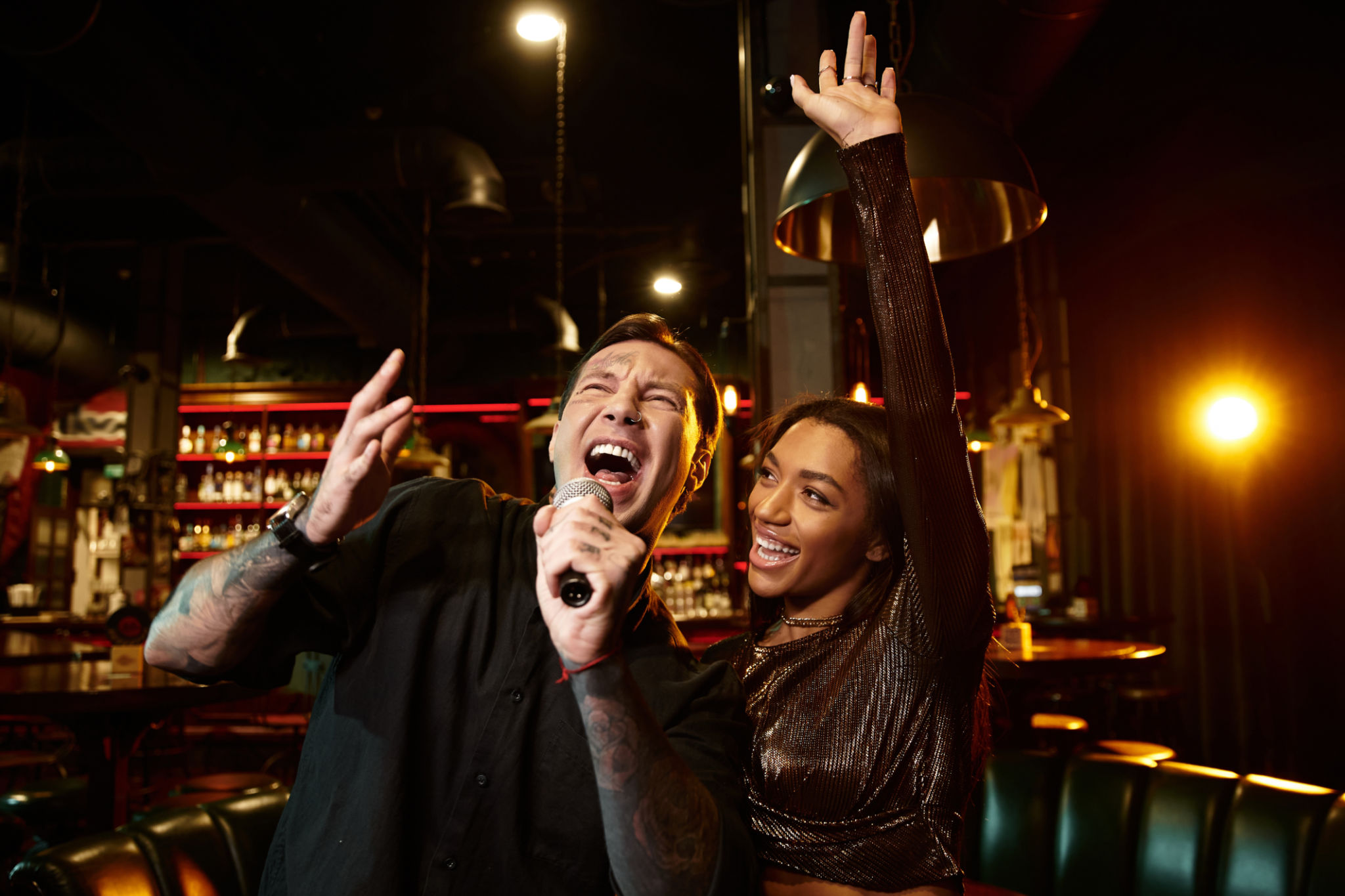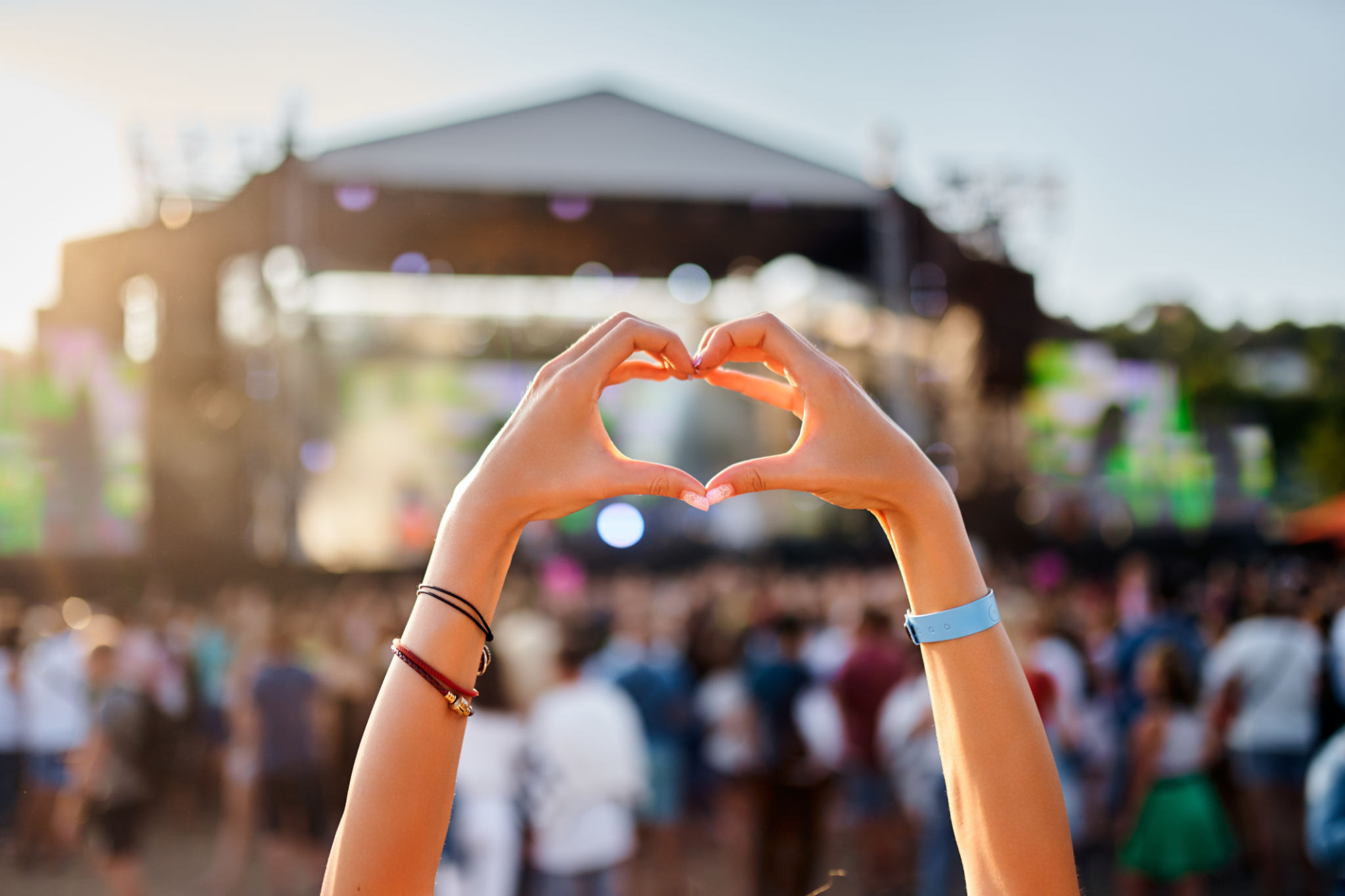Exploring the History and Evolution of Public Singalongs
The Origins of Public Singalongs
Public singalongs have a rich history that dates back centuries. These communal gatherings, where people come together to sing, have roots in traditional folk music and communal celebrations. Historically, they served as a way for communities to bond, share stories, and pass down cultural traditions. Before the advent of modern media, singing together was one of the primary forms of entertainment.
In the past, public singalongs often occurred in taverns, pubs, and community halls. These venues were central to community life, providing a space for people to gather and enjoy music. In many cultures, these gatherings were integral to festivals and seasonal celebrations, where singing played a crucial role in the festivities.

The Role of Technology in Evolving Singalongs
With technological advancements, public singalongs have evolved significantly. The invention of the radio in the early 20th century brought music into homes across the world. Radio programs often encouraged listeners to sing along with popular tunes, fostering a sense of connection among audiences.
Television further popularized singalongs with shows that featured musical performances and invited viewers to join in from their living rooms. The introduction of karaoke in the 1970s revolutionized the public singalong experience. Karaoke machines made it easy for individuals to lead songs while others joined in, democratizing the act of singing together.

Singalongs in Modern Culture
Today, public singalongs are more diverse than ever. From organized events in public spaces to spontaneous gatherings on social media platforms, the tradition continues to thrive. Flash mobs, where groups of people suddenly gather in a public place to perform a song, are a modern twist on traditional singalongs.
Music festivals and concerts often feature singalong moments, creating unforgettable experiences as thousands of voices blend into one. These events highlight the power of music to unite people and create shared memories. Online platforms like YouTube and TikTok also host virtual singalongs, connecting users worldwide through shared musical interests.

The Psychological Benefits of Singalongs
Singing together has numerous psychological benefits. It enhances mood, reduces stress, and fosters a sense of belonging. When people engage in public singalongs, they experience a release of endorphins, leading to feelings of happiness and relaxation. This communal activity also strengthens social bonds and can improve mental health.
Moreover, public singalongs provide an opportunity for individuals to express themselves creatively and connect with others through music. This form of expression can be especially powerful in diverse communities, where music serves as a universal language that transcends cultural barriers.
The Future of Public Singalongs
As society continues to change, so too will the nature of public singalongs. With virtual reality and augmented reality technologies on the rise, future singalongs may incorporate immersive experiences that allow participants to feel as though they are part of a global choir.
The enduring appeal of public singalongs lies in their ability to bring people together, regardless of background or beliefs. As long as there is music to be shared and voices willing to join in song, this cherished tradition will continue to flourish across generations.
